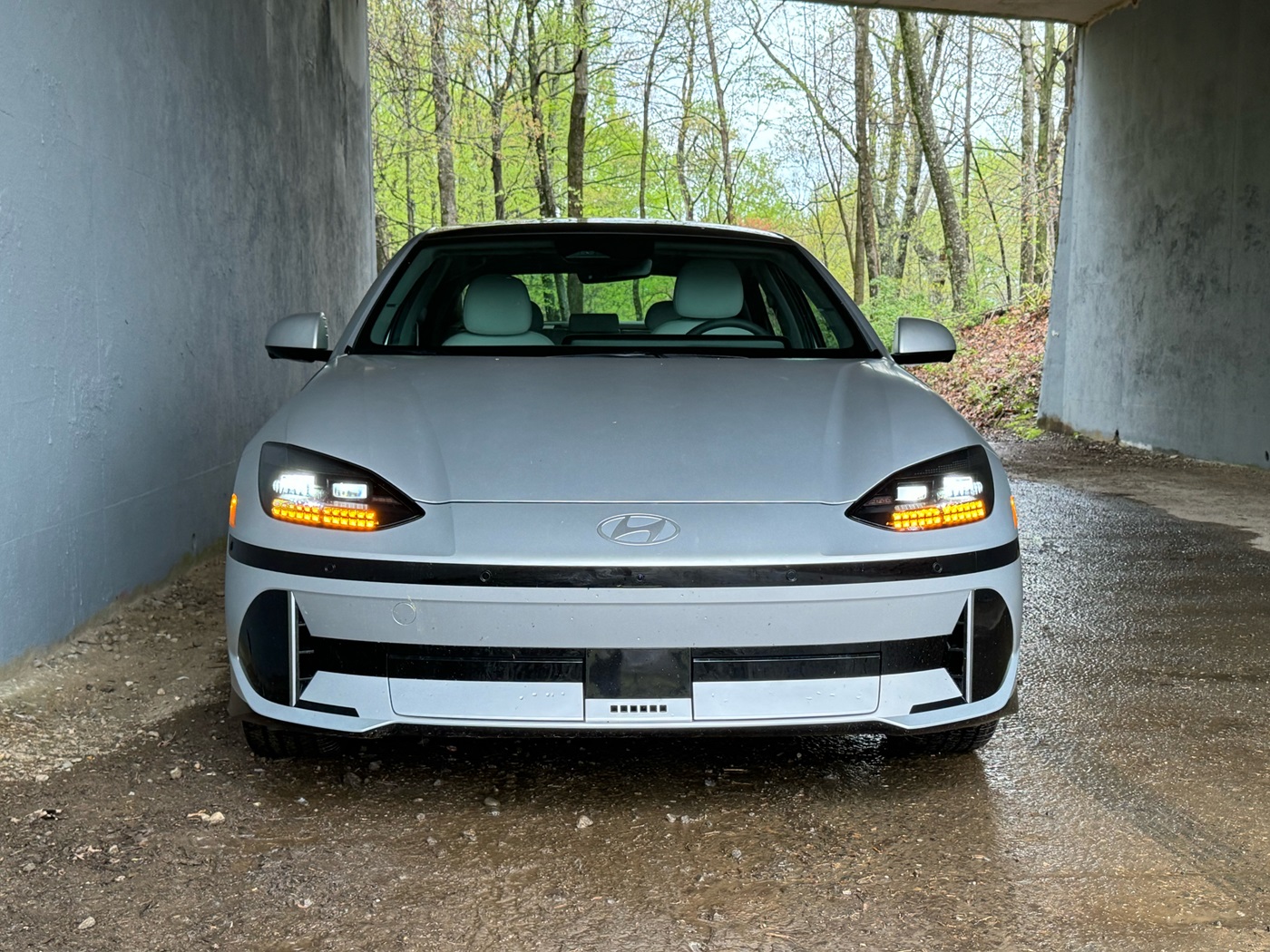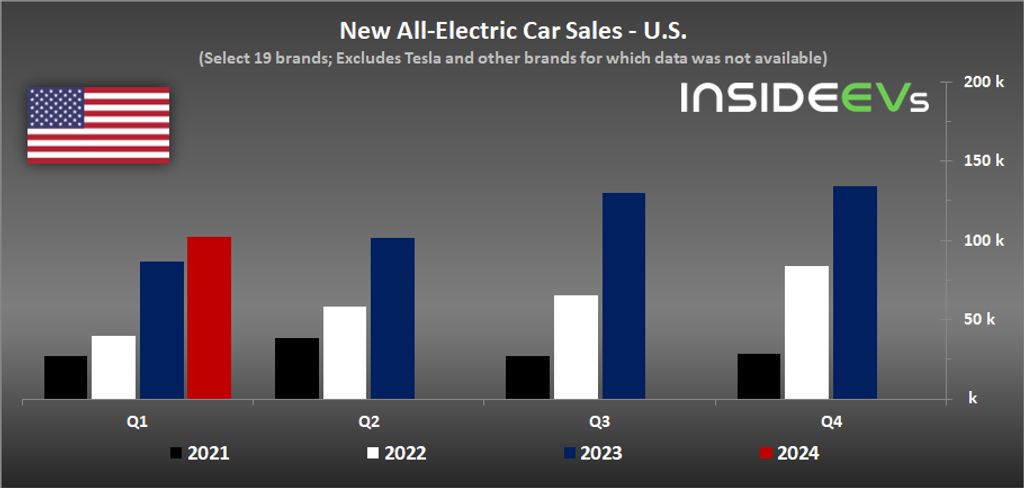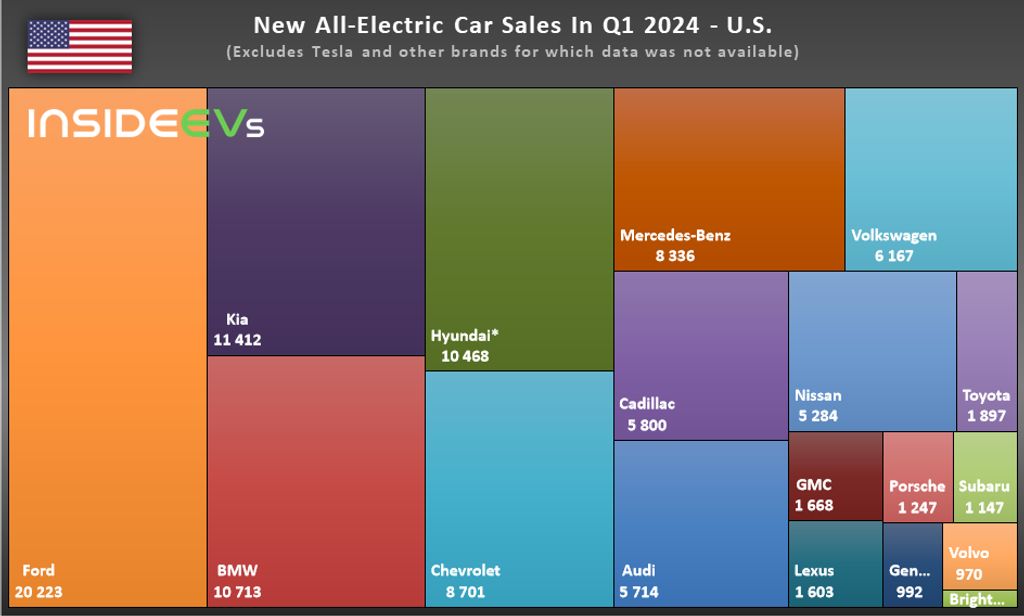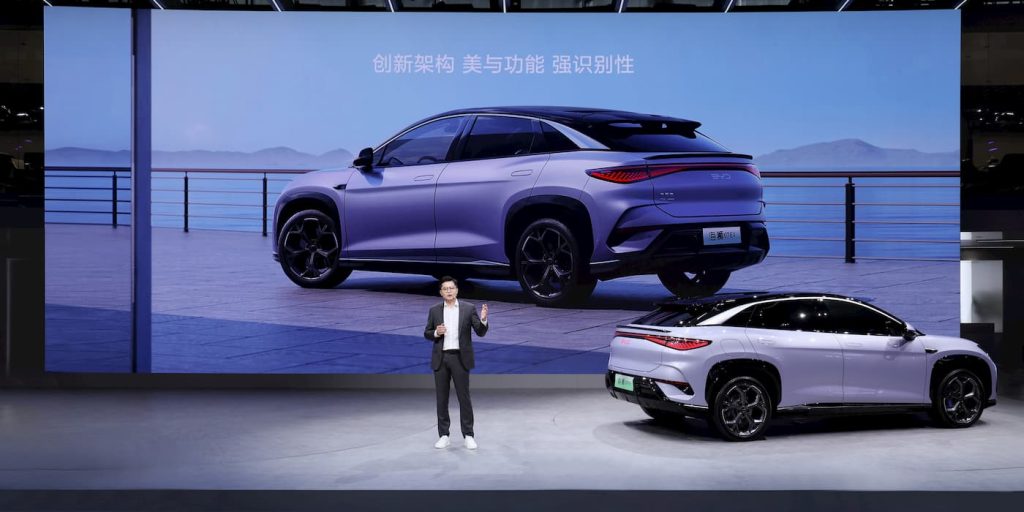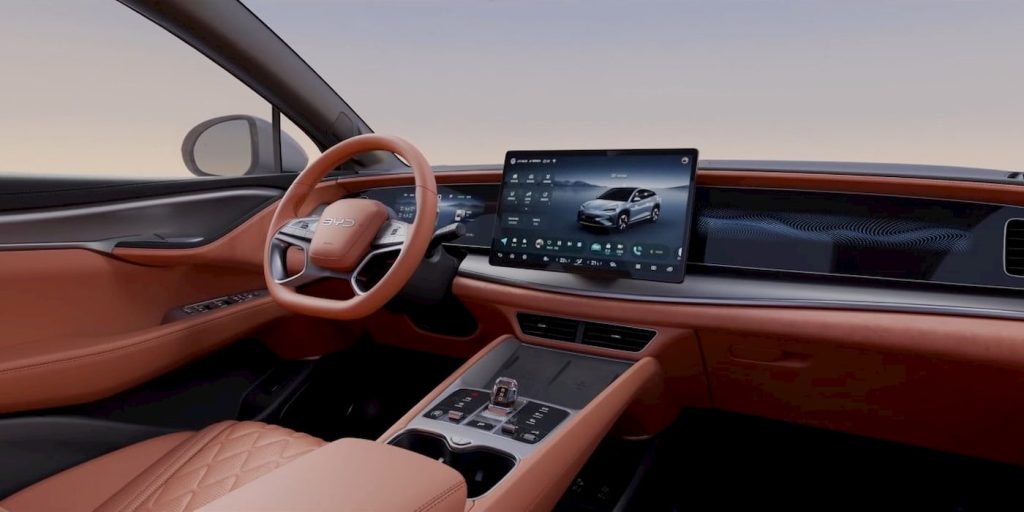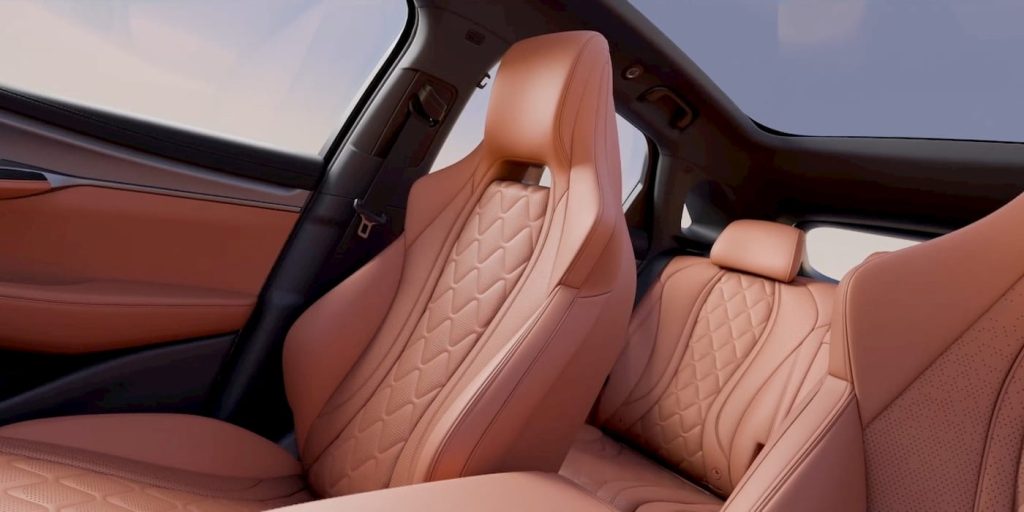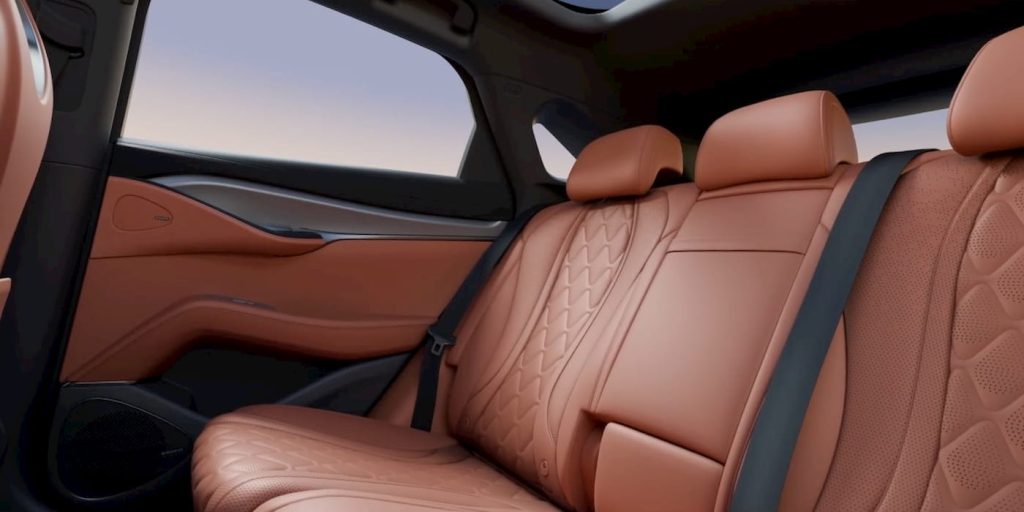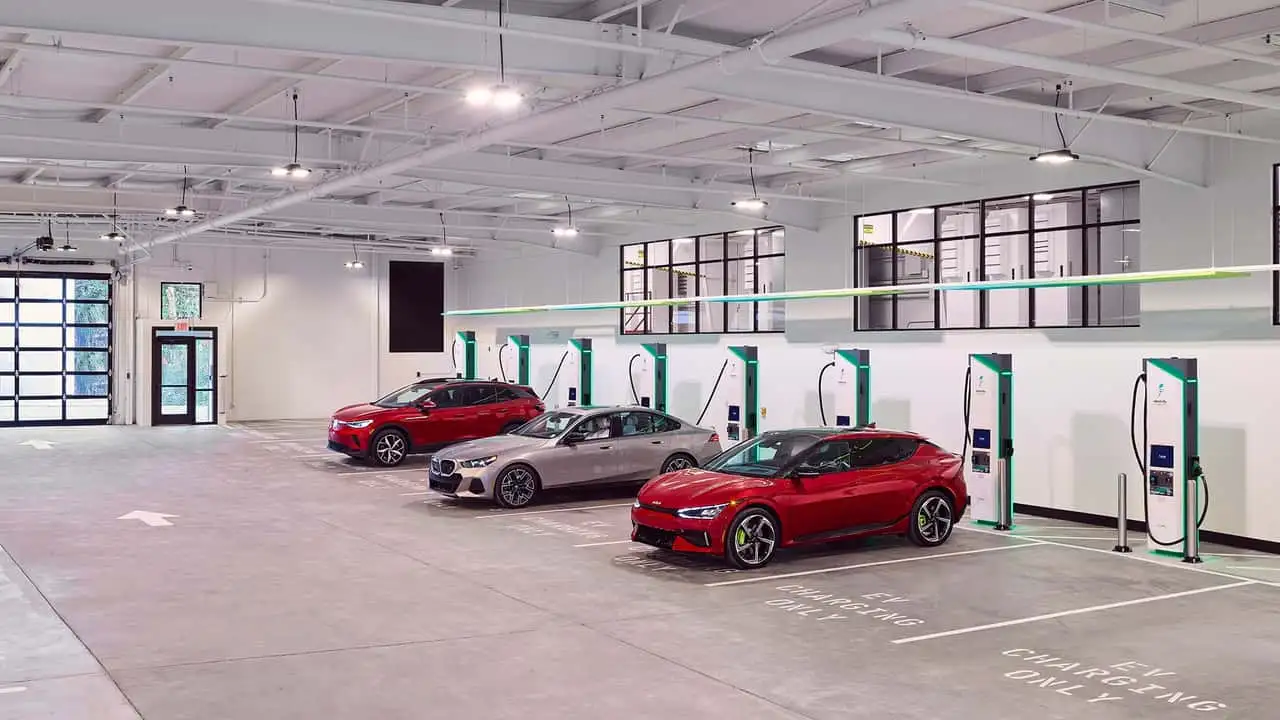Enhanced Electric Vehicle Production in Indiana
Toyota is ramping up its transition to electric vehicles with a $1.4 billion enhancement of its Princeton, Indiana plant. This facility, known for assembling the Toyota Sienna and Lexus TX, will now also produce a new three-row electric SUV. This initiative not only highlights Toyota’s dedication to expanding its electric lineup but also escalates the total plant investment to a notable $8 billion.
Economic Impact and Job Creation
This new venture will add 340 jobs to the existing workforce of 7,500 at the Princeton plant. It is a key part of Toyota’s wider $18.6 billion investment strategy aimed at boosting its U.S. electric vehicle production capabilities initiated in 2021. The expansion underscores Toyota’s commitment to stimulating economic growth and securing sustainable employment in the area.
Advancements in Production and Commitment to Quality
Toyota’s latest announcement includes setting up a new battery pack assembly line that will use lithium-ion batteries from its $13.9 billion North Carolina battery production plant, anticipated to start operations next year. This move is part of Toyota’s efforts to optimize its supply chain and enhance manufacturing efficiencies. Tim Hollander, the president of Toyota Indiana, highlighted the firm’s pledge to uphold high production quality and reliable job prospects, ensuring Toyota’s standards of excellence and dependability continue to meet customer expectations.
Enhanced Insights and Community Engagement
Solidifying the U.S. Manufacturing Presence
Toyota’s investments are pivotal in its shift towards electric vehicle technology, reinforcing its manufacturing base in the U.S. This expansion not only aligns with global sustainability efforts but also positions Toyota as a leader in the electric vehicle sector, poised to meet future market demands.
Strengthening Community Ties Through Employment
The addition of new jobs at the Princeton facility does more than enhance Toyota’s production capacity; it plays a crucial role in bolstering local economies. By providing new and stable employment opportunities, Toyota is actively contributing to the economic well-being of thousands of families, thereby reinforcing its role as a central community figure.
Upholding High Standards in Innovative Manufacturing
As Toyota forges ahead with the production of new electric models, it remains focused on delivering high-quality and high-performance vehicles. The investment in advanced manufacturing techniques and worker training ensures that the new electric SUVs adhere to the stringent quality standards Toyota is known for, enhancing consumer trust and satisfaction.

